Razor burn is one of the most common side effects of shaving. It can cause redness, itchiness, and even pain. While it’s usually not serious, it can be uncomfortable. In this guide we will answer all of the questions we received from our customers and issues we came across over the years. We will explain how you can prevent Razor Burns, Treat Razor Burns if they happen, and remedies that will help you along the way.
What Is Considered A Razor Burn Anyway?
Razor burn is a common and pesky skin irritation that can happen after shaving. It’s characterized by redness, itchiness, and sometimes small bumps. While it’s not serious, it can be uncomfortable. There are a few things you can do to prevent razor burn. First, make sure your razor is sharp. A dull razor will tug at your hair, which can lead to irritation.
Second, shave in the direction your hair grows. Shaving against the grain can also cause irritation.
Finally, use a soothing shaving cream to help reduce friction. If you do end up with razor burn, there are a few things you can do to ease the discomfort.
Finish your shave with a brief rinse of cold, cold water, which will decrease the soreness and close the tiny pores to minimize anti-inflammatory skin. The utilization of alum block will reduce the razor burn considerably thanks to the antiseptic properties in this mineral, sensitive skin should always use alcohol free aftershaves, alcohol will aggravate the dryness of the skin and increase the razor burn.
What Causes Razor Burn?
Razor burn is a common problem that can occur when you shave. Razor burn is an annoying and often painful skin condition that can occur after shaving.
There are 4 primary reasons that might cause a Razor Burn:
1. Lack of preperation of the skin prior to shaving
2. Rough, low-quality, or noneffective shaving products
3. Dull Razor and excessive passes in the same direction or area
4. Poor After-Shave process
What Is The Difference Between A Razor Burn And A Razor Bump?
There are a few key differences between razor burn and razor bumps. Razor burn is a general term used to describe any discomfort after shaving, while razor bumps are raised red bumps that can appear after shaving. Razor burn is usually caused by shaving too closely or with a dull razor, while razor bumps are caused by ingrown hairs. Ingrown hairs are caused by clogging the pores after shaving making more difficult for the new hair to grow out and switching to grow inwards. Shaving with a dull razor can also cause ingrown hairs, so it’s important to use a sharp blade when shaving. To prevent razor burn or bumps, it’s best to shave in the direction of hair growth and to avoid going over the same area multiple times.
How To Prevent Razor Burns?
As we already mentioned, Razor burn is a common problem that can occur when you shave. The good news is that there are a lot of things you can do to help prevent it:
- Use a sharp razor. A dull razor can cause irritation and make it more difficult to get a close shave.
- Wet your skin and beard in warm water before shaving. This will help to soften the beard, open the pores, and make it easier to cut.
- Use a shaving cream. This will help to lubricate your skin and reduce friction.
- Shave in the direction of hair growth. Shaving against the grain can irritate the skin and lead to razor burn.
- Rinse your razor after each stroke. This will remove any hair or shaving cream that could clog the blade and cause irritation.
- Avoid hot water when you shave. Hot water can dry out your skin and lead to razor burn.
- Apply a lotion or cream after shaving to soothe the skin. If you have sensitive skin, Avoid alcohol based products.
- Be careful not to nick yourself while shaving.
How To Treat Razor Burn?
If you have ever had the misfortune of razor burn, you know how unpleasant it can be. Fortunately, there are a few things you can do to treat razor burn and get relief from the symptoms:
- Utilize products the contain antiseptic ingredients such as witch hazel. The use of Alum Blocks will reduce the razor burn considerably thanks to the antiseptic properties of the mineral. Delicate skin must always use alcohol-free aftershaves, alcohol will irritate and dry your skin which will promote razor burns.
- Use a mild moisturizer or lotion to hydrate the skin and reduce redness.
- Avoid further shaving until the razor burn has healed completely. This will give your skin time to recover.
- Apply a soothing ointment to the affected area.
- Avoid using scented soaps, shampoos and lotions while you are recovering from razor burn.
Razor burn is not an infection. Though it can be uncomfortable, it should not cause you any long term problems.
Does Aftershave Help With Razor Burn?
If you are one of the many people who suffer from razor burn, you might be wondering if aftershave can help. The answer is yes…and no. Alcohol-based aftershaves can actually make razor burn worse by drying out the skin. However, there are some alcohol-free aftershaves that contain ingredients like aloe or witch hazel that can help soothe the burning sensation. If you have sensitive skin, it’s best to avoid aftershaves with alcohol and opt for a more gentle option.
How To Get Rid Of A Razor Burn In An Hour? (More Or Less)
Obviously there’s no guarantee for an hour remedy, but for the fastest cure (you probably got over excited over your date right?, Been there, burned that, but there is still hope!) First, take a cool shower or apply a cold compress to the affected area.
This will help reduce inflammation and soothe the skin. (5-10 minutes) Next, apply an Alcohol-free After shave that contains aloe vera or another soothing ingredient. If you don’t have any after shave, you can try using a mild moisturizer instead. (5-10 minutes to absorb and start working it’s magic)
After that, try to avoid stretching the affected area, let it cool down and relax for 20 minutes. Finally, avoid touching or scratching the affected area. This will only make the razor burn worse.
How Do You Prevent A Rash On Your Face After Shaving?
There are a few things you can do to prevent getting a rash on your face after you shave. First, make sure that the razor you are using is sharp and clean. A dull razor or one that is full of bacteria can cause a lot of irritation to your skin.
Second, use a shaving cream to help lubricate your skin and protect it from the razor.
Third, shave in the direction of hair growth to avoid irritation. And finally, rinse your face with cool water after shaving to soothe any irritation. And finally, use antiseptic products like witch hazel and alum blocks to clean your pores.
Does Skin Ever Get Used To Shaving?
For anyone who has ever suffered from razor burn, the answer to this question is a resounding no. Shaving is one of those necessary evils that many of us have to endure on a regular basis, but that doesn’t mean it’s any less painful. The good news is that there are some things you can do to minimize the discomfort and make the process a little bit easier on your skin.
1. Invest in a good razor. A sharp blade will make all the difference when it comes to getting a close shave without irritating your skin.
2. Use shaving cream or gel. This will help to lubricate your skin and protect it from the blade.
3. Shave in the direction of hair growth. This will help to prevent nicks and cuts.
Should My Neck Feel Like A Cactus After I Shave?
If you’re like most people, you probably don’t give much thought to the razor you use to shave your neck. But if you find that your neck feels like a cactus after you shave, it’s time to take a closer look at your razor.
There are a few things that can cause this problem, and by understanding what they are, you can avoid them and keep your neck feeling smooth and comfortable. One of the most common causes of an itchy, irritate neck after shaving is using a dull razor.
When the blades on your razor are dull, they can tug at your hair and skin, causing irritation. To avoid this problem, be sure to replace your razor blades regularly. Or, move to a Straight Razor (read before you switch).
Another common cause of an itchy neck after shaving is using too much pressure when shaving or using alcohol based after shaves, these will cause itching and when scratching, your are only damaging the skin further.
How Do You Treat Ingrown Hairs From Shaving?
Most people experience ingrown hairs at some point in their lives. They can be caused by a number of things, including shaving. Ingrown hair will come only after shaving, with that beingg said, the cure for this annoying problem resides in the final process of your shave. A clogged pore will create an inflamation, this it the body’s natural reaction to protect a damaged area, just like when we get bruised and a “bump” is formed.
Dince hair will not stop the growing process as the new hair emerges to the skin, the bump and / or clogged pore will avoid the hair from emerging, causing an infection insted of growth, that is considered a Razor Bump.
Ingrown hairs can be very painful and itchy. They can also lead to infection if not treated properly.
There are a few things you can do to treat ingrown hairs from shaving. First, make sure that you are using a clean razor and that you are shaving in the direction of hair growth. This will help to prevent the hair from being cut too short. If you already have an ingrown hair, try using a warm compress to help reduce swelling and pain.
We hope you got the answer you were looking for, we are constantly working on adding more important information to support our customers, and hope that you enjoyed the article. If you have more questions about the world of shaving, don’t hesitate to reach out to us and we will do our best to help. Also, go to our blog section, where we cover a lot of shaving topics, tips, guides, and much more.

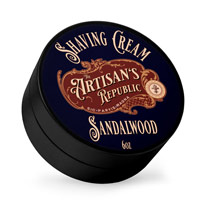
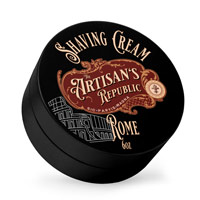
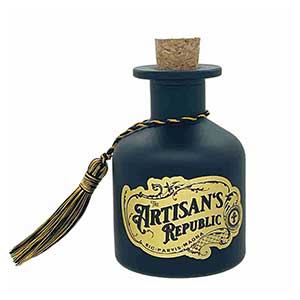
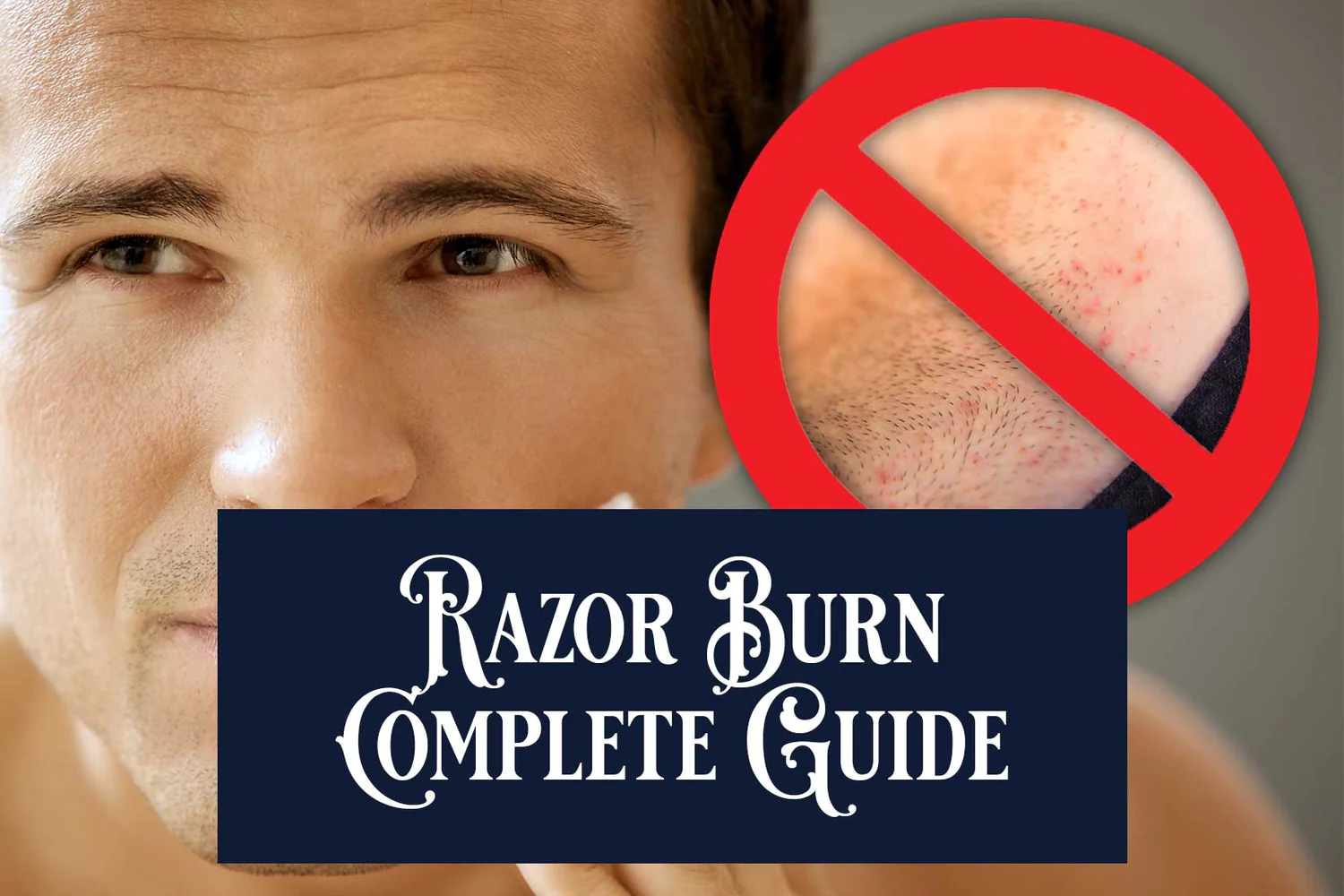
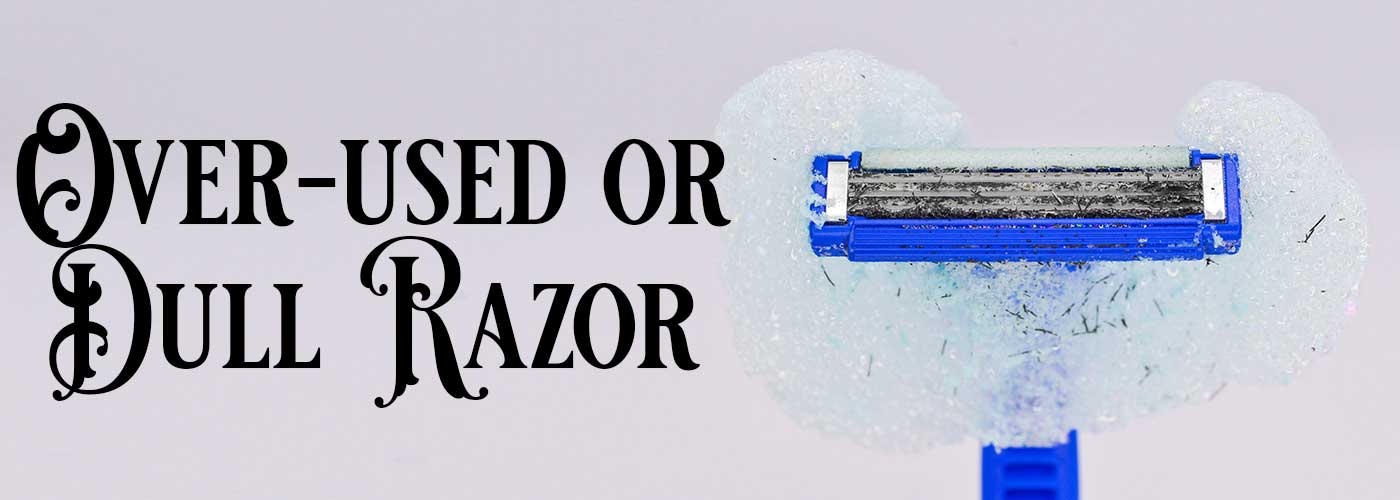
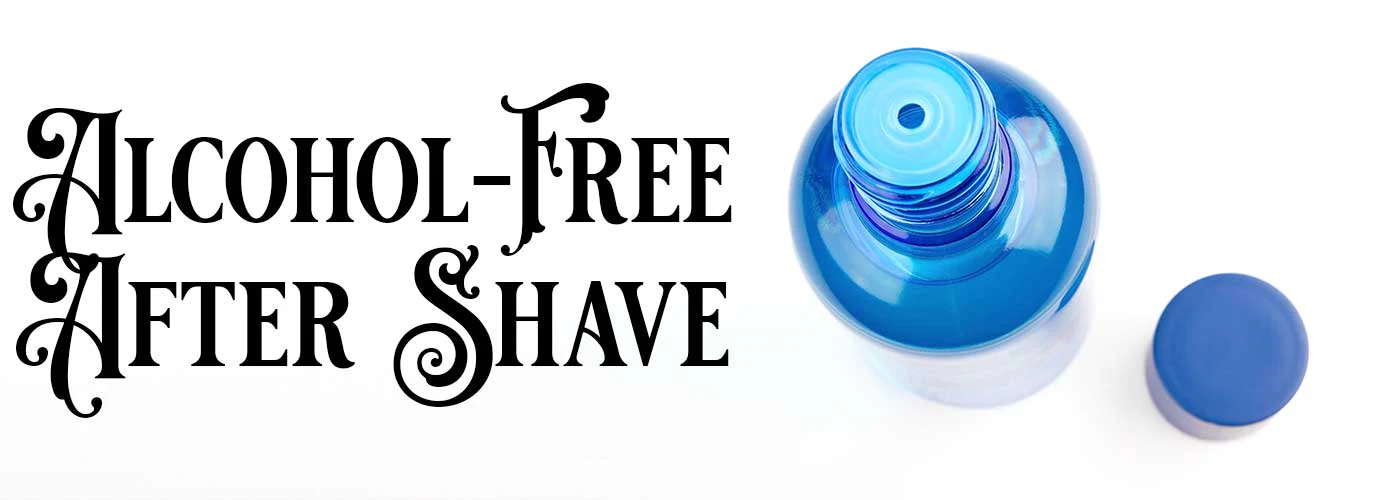

More Stories
Men’s Face Washing Guide
In the ever-evolving world of men’s grooming, a solid skincare routine is the foundation of
Jan
How To Shave With A Straight Razor
There’s something about shaving with a straight razor that feels manly. It’s the same razor
Aug
Chemical Properties Of Shaving Cream
We know that men have many questions about shaving cream benefits, properties, and functionality, we
Jul